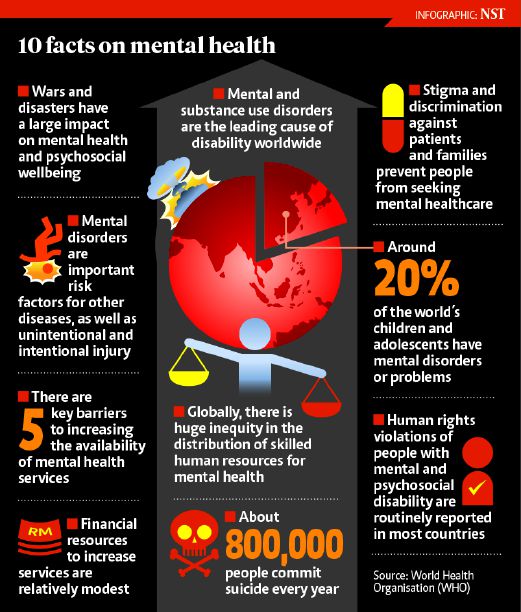The first step in situation treatment includes guaranteeing that the client is safe. This can consist of examining for elements like agitation or accessibility to unsafe items.
The next step includes discovering more about the client's present troubles. This is often done with energetic listening and compassion. This can aid the crisis responder determine exactly how the scenario rose to a crisis.
De-escalation
Numerous elements can trigger a person to get in a state of situation. These factors may include a loss of control, absence of sources or sensations of fear and anxiety. Typically, people that remain in a state of situation require prompt assistance and support.
To de-escalate a dilemma circumstance, the very first step is to make certain that the customer is safe and secure. This can consist of obtaining them into a mental health clinic or other treatment program. It may likewise include offering help and solutions, such as sanctuary and food.
When the customer is securely in a risk-free setting, the situation treatment employee can start analyzing their feelings and demands. This entails reviewing the speeding up occasion, the customer's assumptions of the definition and factor of the case, and the quantity of subjective distress. This details will certainly aid the situation treatment employee establish an activity plan to reduce distress and enhance working. They may also ask the client to suggest healthy or adaptive cognitions concerning their existing scenario.
Relationship structure
Connection is a soft skill that helps you build trust and establish two-way communication. It is also a vital part of structure partnerships at the office. It's a needed skill for all team members, but it's especially vital for customer-facing specialists and individuals in management settings.
Rapport building involves developing a secure, nonjudgmental area where clients can discuss their feelings and share their experiences. It concentrates on compassion, validation and useful guidance. It also intends to equip clients by providing details concerning regional resources and services, such as situation therapy or walk-in centers.
Some clients hesitate to speak about delicate or personal topics, so it's important to take their lead. It is additionally a good idea to ask concerns that are clear and concise. This way, customers will certainly understand what is being said and can really feel comfy sharing their thoughts and sensations. It's additionally valuable to recommend clients concerning high quality reading product that can help them manage their dilemmas.
Problem-solving
The analytic procedure assists individuals acknowledge problems and make strategies to resolve them. It is a vital part of crisis treatment. This process involves reviewing lethality, developing rapport, and reviewing the dilemma circumstance. It also consists of active listening and empathy. This sort of listening is an essential action in the dilemma treatment procedure because it needs you to put the customer and their sensations first. It likewise motivates you to get rid of any type of biases and judgment that can get in the way of developing a trusting relationship.
It is very important to assess the customer's perception and analysis of the event that brought about the dilemma. The crisis employee should function to identify and resolve cognitive errors and aid the client create a more flexible frame of reference. This might involve reviewing positive coping approaches, which can be beneficial in reducing the degree of distress. It can also include exploring alternate coping strategies that the customer might have tried.
Follow-up
Throughout this step, the situation intervention employee assists clients determine their resources and support group. They likewise encourage the customer to utilize adaptive coping approaches. They likewise reframe their negative thinking patterns and help them establish sensible frames of reference for the scenario.
In this action, the crisis employee validates the customer's emotions and experiences and reassures them that they will certainly get better. This action likewise consists of establishing a genuine positive respect for the customer and showing that they appreciate them.
It is important for the trauma-focused mental health treatment customer to feel risk-free and comfortable. To accomplish this, the crisis therapist must reveal empathy and energetic listening skills. Then, they have to assist the client identify any kind of triggers for self-destructive thoughts. Finally, they have to supply a follow-up plan to prevent self-destruction and deal referrals if necessary. To apply this design, counselors require a documenting solution that permits them to bear in mind swiftly and effectively. This allows them to focus on their customer's requirements rather than browsing a difficult documents system.
